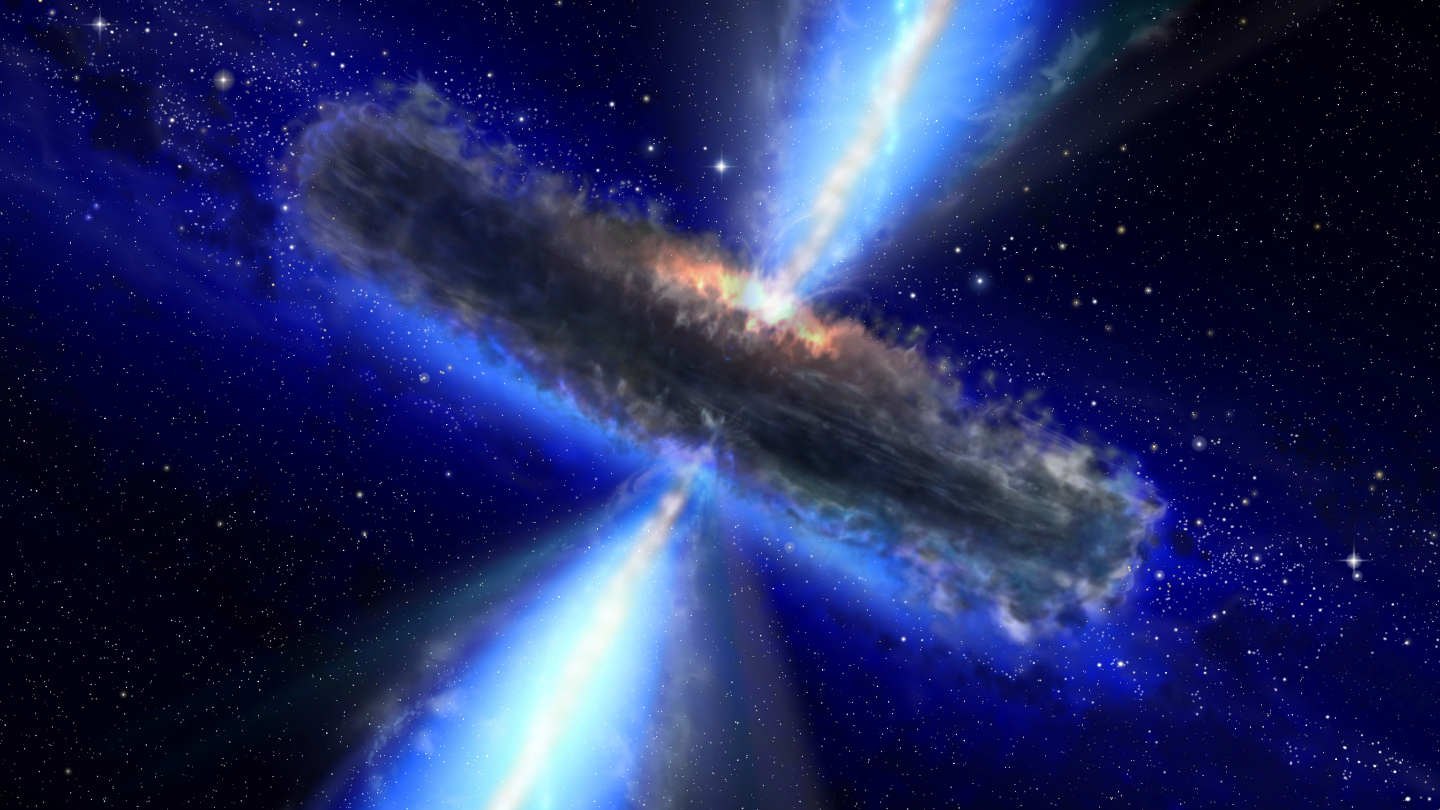Fewer supermassive black holes may undergo growth spurts than astronomers had suspected.
If confirmed, the finding raises questions about how some supermassive black holes got to be so big and what, if any, impact they have on the galaxies they inhabit.
Huge black holes, such as the one at the center of the Milky Way, tend to be pretty quiet (SN: 6/28/23). But occasionally, a surge of interstellar detritus rains down upon them — often following a collision with another galaxy — creating what’s called an active galactic nucleus, or AGN. Here, the heart of the host galaxy emits copious amounts of light at all wavelengths as the influx of material swirling around the black hole heats up. An AGN can not only outshine their host galaxies, but they are also the brightest persistent sources of light in the universe.
In 2017, astronomer Allison Kirkpatrick of the University of Kansas in Lawrence and colleagues predicted that JWST’s infrared eyes would find lots of these active black holes based on observations from other, less sensitive, space-based infrared telescopes. In the new study, Kirkpatrick and her team turned JWST toward a well-studied strip of sky where, in 2008, the Spitzer Space Telescope had found infrared signatures of active galactic nuclei in nearly a third of the 19 galaxies it studied.
2023-09-06 06:00:00
Original from www.sciencenews.org

















